Six-strong selection ranges from 1860s hotel to pioneering 1990s county archive
Government heritage adviser Historic England has confirmed a batch of new listed buildings which celebrate the Queen’s Platinum Jubilee.
Six historic sites – all with a direct connection to the monarch – have been granted grade II-listed status by the Department for Digital, Culture, Media and Sport to mark the Queen’s 70 years on the throne.
They range in age from a Victorian hotel to a 1990s public-records building and in scale from a post-war church in Birmingham to markers on the M62 motorway. The choices also reflect important social, technical and cultural changes which have taken place in the years since 1952.
Historic England chief executive Duncan Wilson said the listings “celebrate the diversity and richness of our heritage overseen by Her Majesty” and show how the fabric of the nation has changed and developed.
The oldest of the structures is the Imperial Hotel in Stroud, which was designed by Benjamin Bucknall, with inspiration from Cotswold market halls and continental colonnades, and built in 1863. Princess Elizabeth, as she was then known, visited the hotel in 1950 – the same year it underwent refurbishment.
Historic England said the hotel’s location opposite the Great Western Railway station in the Gloucestershire town made it a popular destination for train travellers between London and the Midlands and contributed to the area’s growing tourism industry following the railway advancements of the Industrial Revolution.
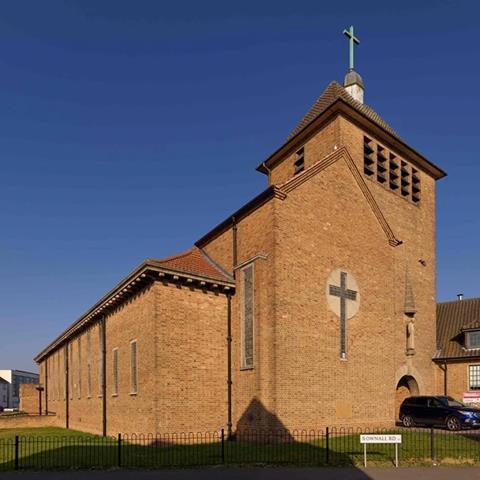
All Saints Church in the Birmingham suburb of Shard End was designed by FJ Osborne to replace an inner-city church of the same name that was destroyed in the Second World War. The new church was funded by the War Damage Commission and consecrated on All Saint’s Day in 1955. Two days later it was visited by the Queen and Prince Philip on a royal tour of Birmingham.
The Queen’s Theatre in Hornchurch, east London, was opened in 1975 by National Theatre director Peter Hall and replaced a theatre that opened in a converted cinema building on the site in 1953. It was designed by borough architect R W Hallam and project architect Norman Brooks in a style influenced by Ludwig Mies van der Rohe. Named in honour of the Queen, it was visited by the monarch and Prince Philip in 2003 to commemorate the founding of the original theatre.
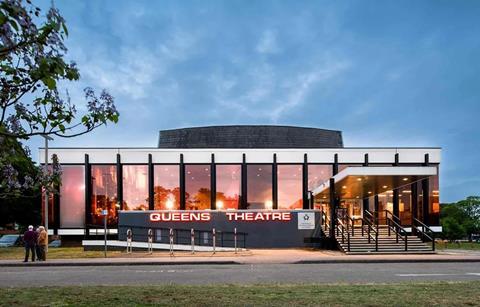
Hampshire Archives at Winchester is the youngest building to be listed for the jubilee. Designed by Colin Stansfield Smith in collaboration with county archivist Rosemary Dunhill, the building utilises pioneering “thermal inertia” principles allowing environmental control of archival strong rooms. It was opened by the Queen in 1993.
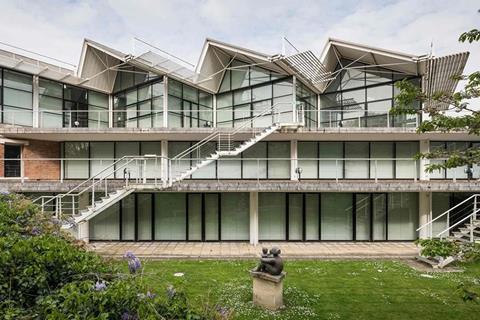
The Sun Pavilion and Colonnade at Harrogate were constructed in 1933 to designs by borough surveyor Leonard Clarke as part of a spa-development scheme intended to be one of the finest in Europe. The classical building with Art Deco details was restored after a period of decline and officially reopened by the Queen in 1998.
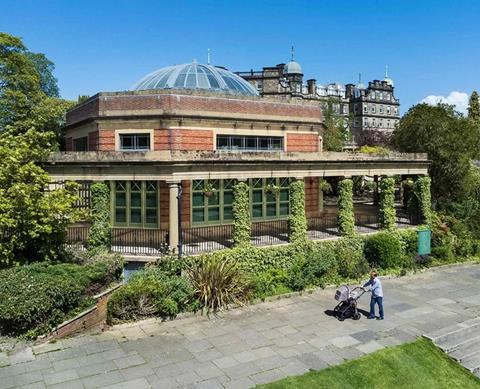
The smallest structures to receive jubilee listings are two commemorative markers on the M62 motorway that pinpoint the Yorkshire-Lancashire boundary. The obelisks each contain a county rose – red for Lancashire, white for Yorkshire – and a plaque commemorating the Queen’s visit and opening of the trans-Pennine motorway in 1971.
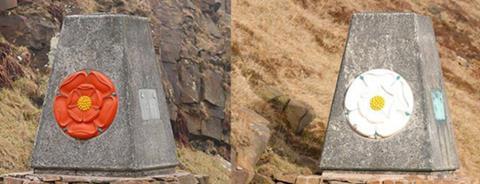





















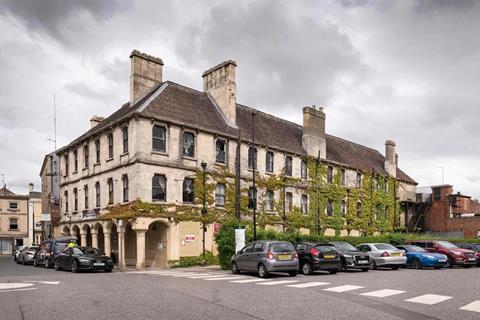











No comments yet